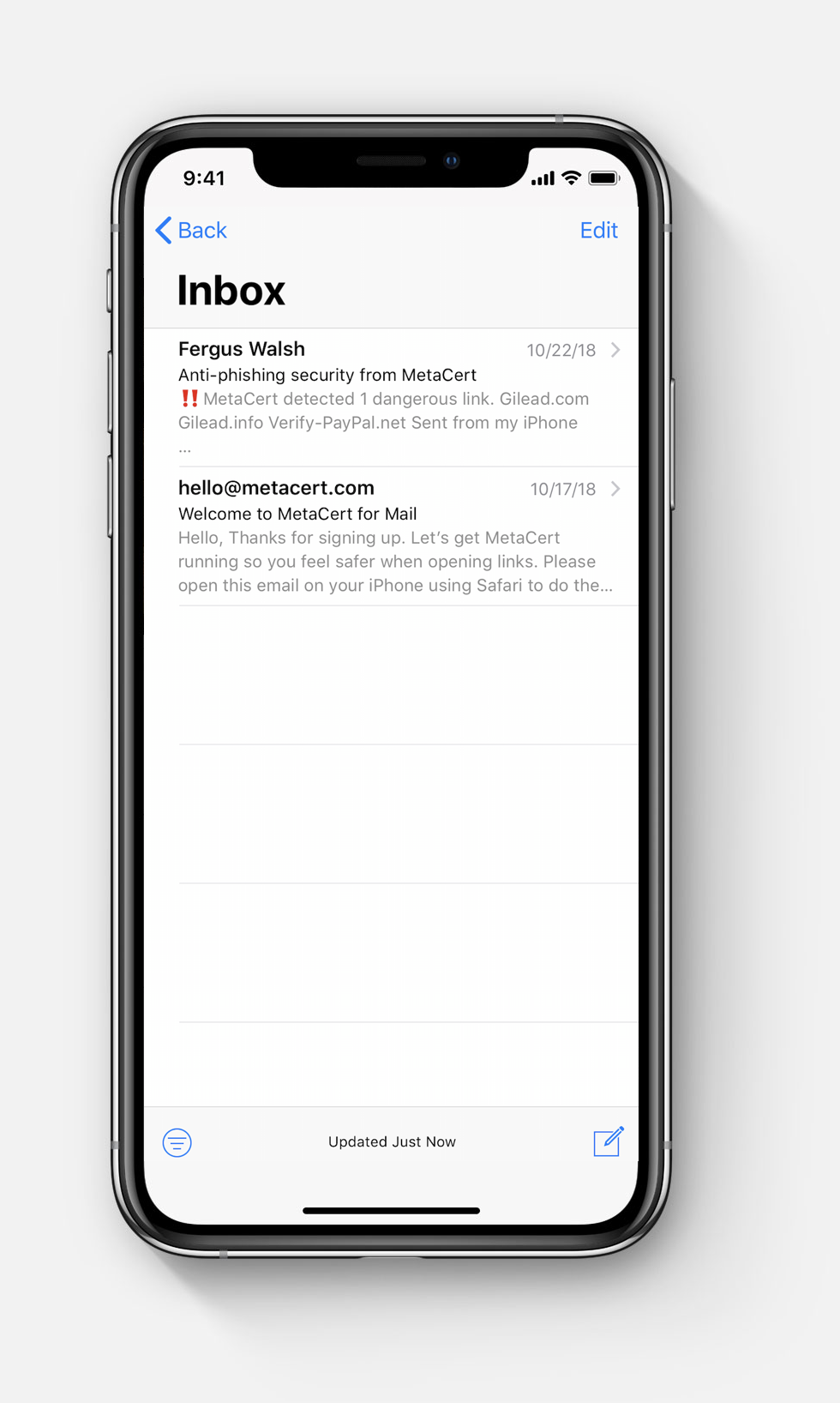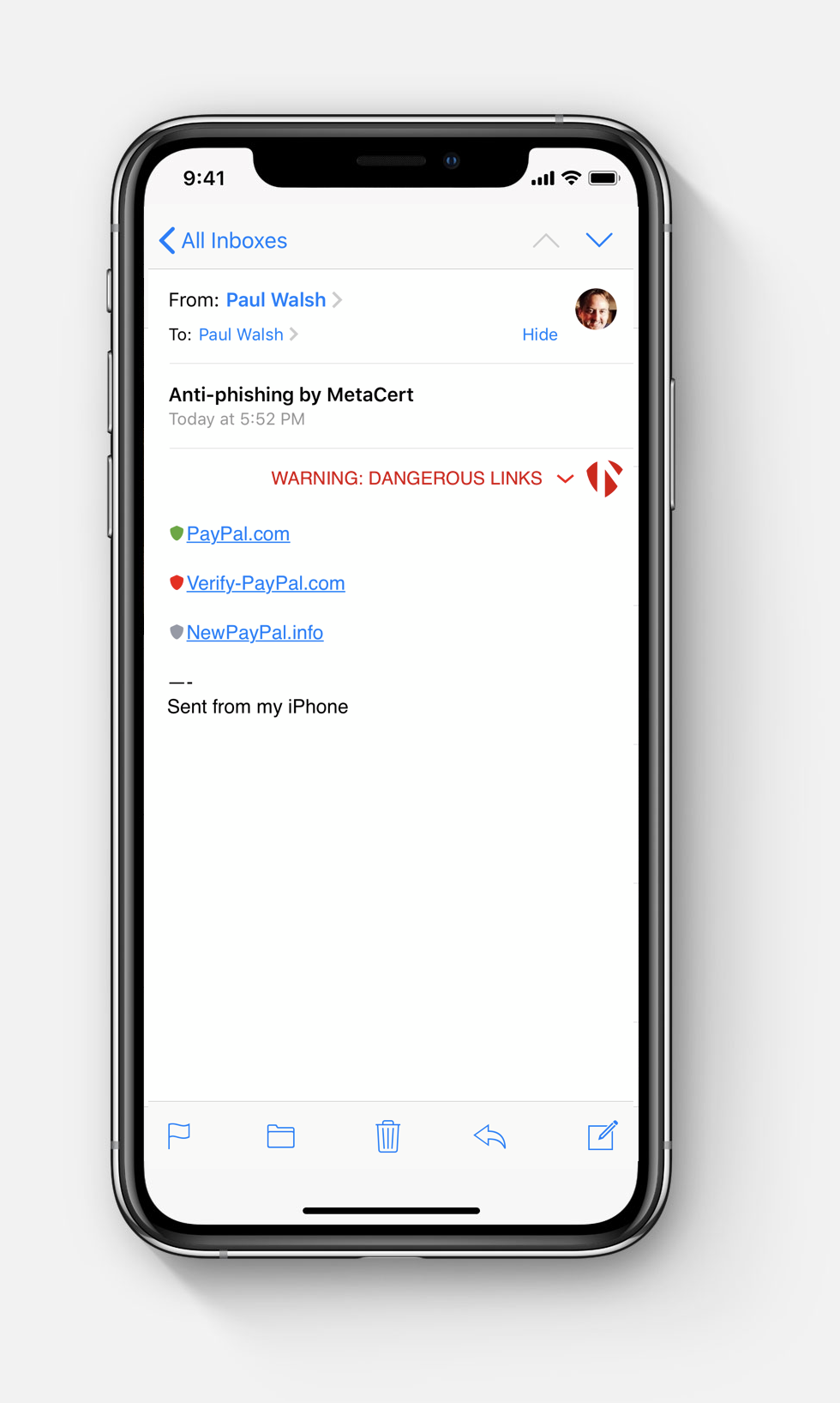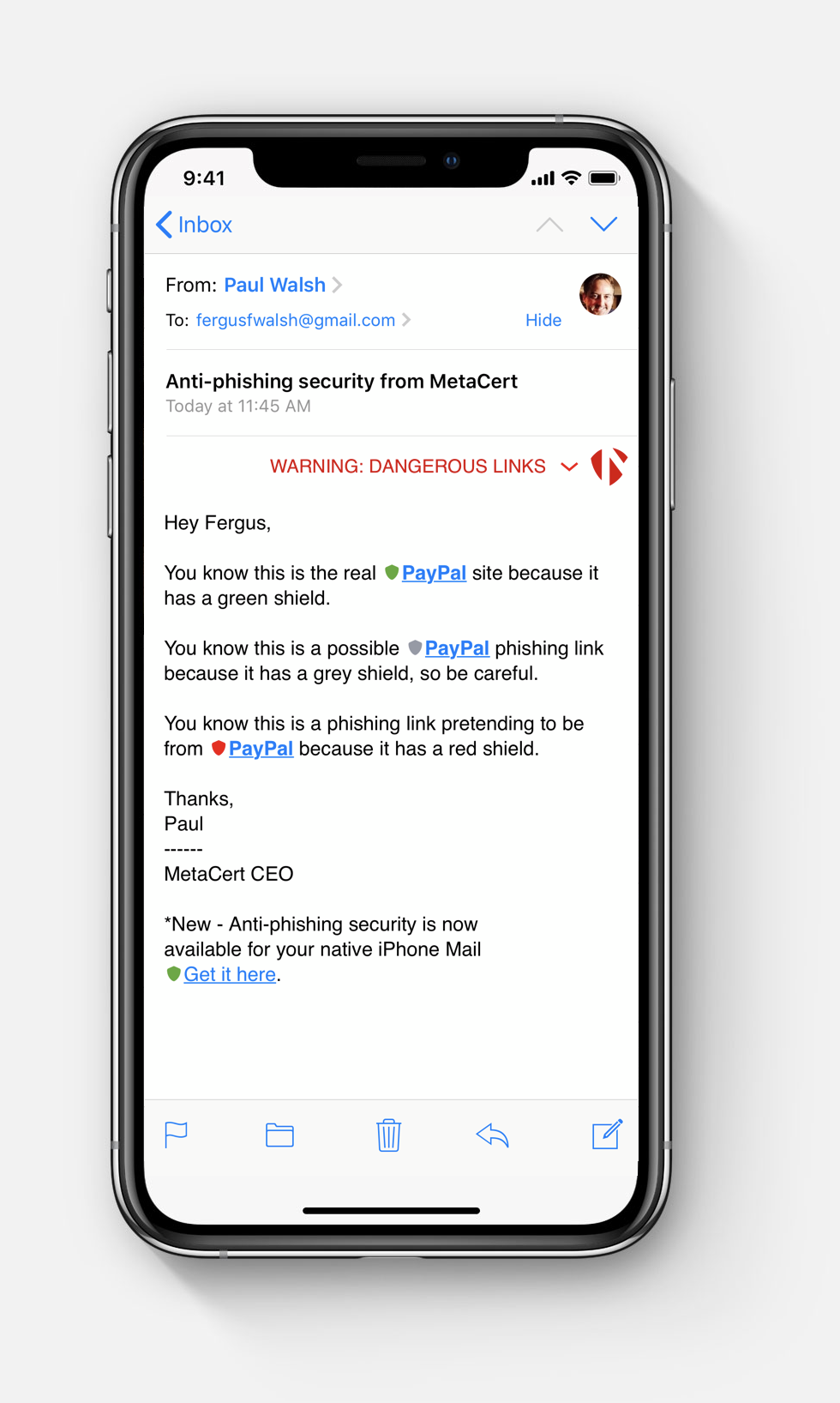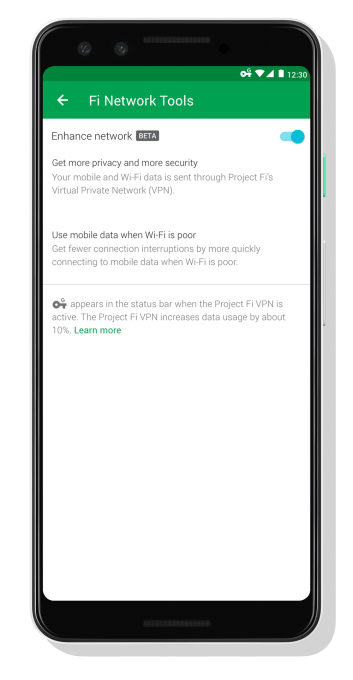Google Assistant, the voice-driven AI that sits inside Google Home (plus Android phones, newer Nest cameras, and a bunch of other devices) and awaits your “Hey, Google” commands, is already pretty clever. That doesn’t mean it can’t learn a few new tricks.
In a quick press briefing this week, Google told us a couple new abilities Assistant will pick up in the coming weeks.
First, and perhaps most interestingly: routines can now be set to trigger the moment you dismiss an alarm on your phone. Routines are basically Google Assistant combo moves; you build them to trigger multiple actions at once. You can build a “Hey Google, I’m going to bed.” command, for example, that turns off your smart lights, shuts down the TV, and locks your smart locks. For a while now, you’ve been able to have routines triggered at specific times; now you can have them triggered by alarm dismissal.
The difference? If you snooze the alarm on your phone, the routine won’t go off just yet. So you can build a routine, for example, that turns on the lights and starts reading the news — but now it can go off when you’re really getting out of bed, roughly two snooze-buttons after when you probably should’ve gotten up. You’ll find this one hiding in Android’s Clock app.

Another feature, meanwhile, is getting an upgrade: broadcasts. If you’ve got multiple Google Home devices around your house, you can already “broadcast” to all of them to make house-wide announcements like “Dinners ready!” or “help I need toilet paper downstairs” (THE FUTURE!). Now you can broadcast messages back to your home while out and about via Google Assistant on your phone, and people inside the home can respond. You can say “Hey Google, broadcast ‘Do we need milk?'” and anyone inside your house can say “Hey Google, reply ‘no but please get eggnog, come on, please, it’s basically December, you said we could get eggnog in December’.”
Broadcast replies will be sent back to your phone as a voice message and a transcription.
Google is also starting to introduce “character alarms” — which are, as the name implies, alarms voiced by popular characters. Right now they’re adding the heroes in a half shell from Nickeloden’s Rise of the Teenage Mutant Ninja Turtles, and a bunch of LEGO animated series characters (alas, no LEGO Batman.) They’ll presumably expand this with more licenses if it proves popular.
And if you listen to podcasts or audiobooks on your Google Assistant devices, you can now adjust the playback speed by saying “Hey Google, play at 1.5x” or “1.8x” or whatever you want up to twice the speed. “Play faster” or “Play slower” also works if you’re not feeling specific.
Oh, and for good measure: Google Assistant can now silence all the phones in your house (or, at least, the Android phones tied to your Google account) with a quick “Hey Google, silence the phones” command.
from Android – TechCrunch https://ift.tt/2DFpBL3
via IFTTT




 Google notes that the VPN also shields all of your traffic from Google itself and that it isn’t tied to your Google account or phone number.
Google notes that the VPN also shields all of your traffic from Google itself and that it isn’t tied to your Google account or phone number.